Mood Brightener: ...more from Stay Homas. (Confination XIX)
Other Standard B Fields:
Finite Wire (distance 'a from midpoint)
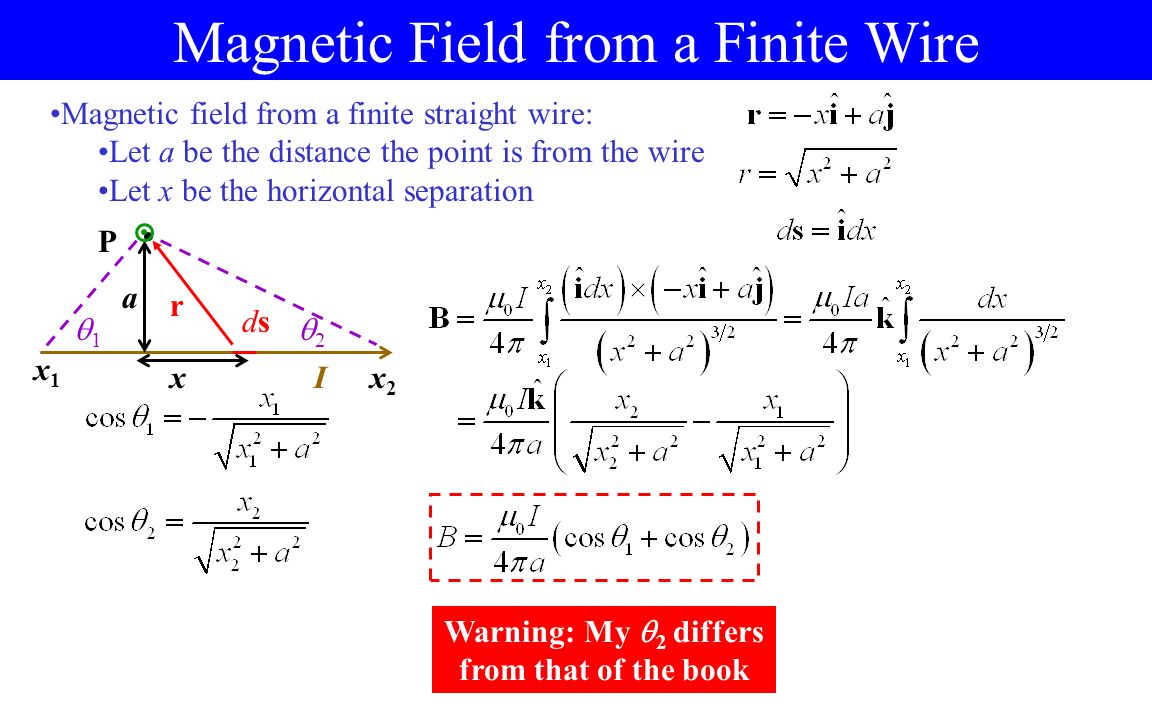
Current Loop (on axis a distance z from center)

Current Loop (at center of loop):
What is the limit of the previous expression when x goes to 0?
Here's a picture of the whole B field of a current loop.
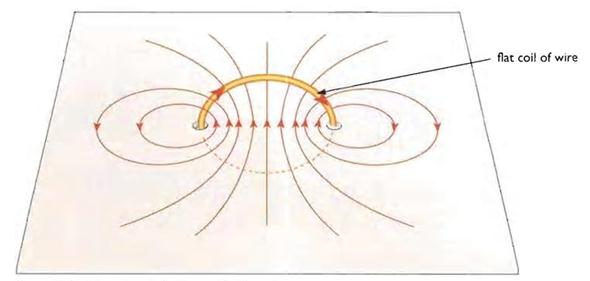
To Notice:
I'd want you to notice that the B field in the region around a current loop looks the same as that of a bar magnet or the earth.

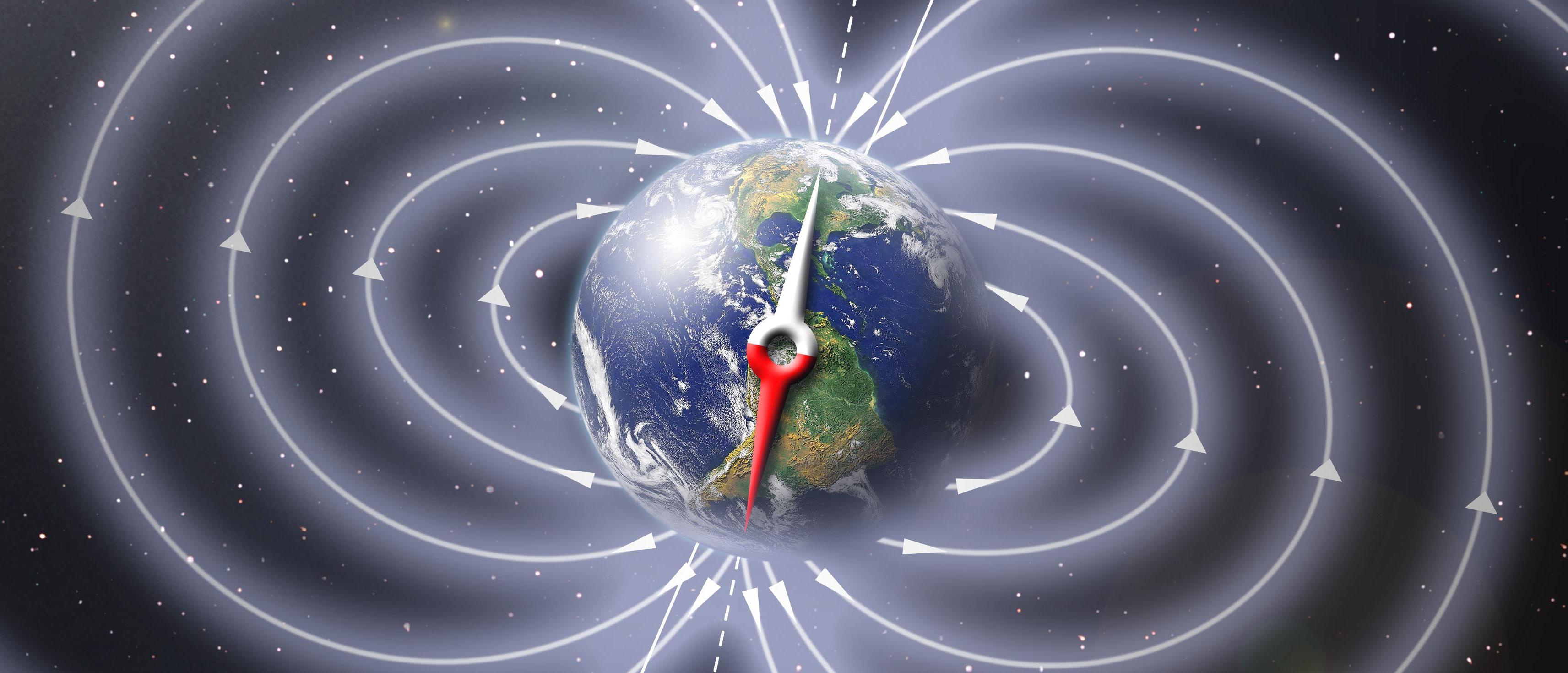
This begins to suggest why we have found no magnetic monopoles. The electrons circulating around the nucleus of an atom form, for some orbitals (which ones?), current loops which makes the individual atom a magnet like a bar magnet. Ultimately we have come to articulate that E fields arise from stationary charges and B fields arise from moving charges. None the less there are some models of physics that postulate the possible existence of magnetic monopoles -- mostly pretty speculative at this point.
Caution:
Be very aware that the expression for the B field near a wire is remarkably similar to the B field at the center of a loop. Just a missing π and a different meaning for R. These two expressions are the ones the world expects you to remember if you remember anything calculational about B fields.
Some last questions to get us thinking:
What is the B field directly in 'front' of a wire (where the current is headed directly at the point)? [0 due to cross product]
What is the B field near two co-located wires with the same current flowing in opposite directions? [essentially cancelled out]
How do I figure out the B field when there are multiple current loops on top of each other? [multiply by the number of loops]
How do I determine the B field in the center of a Helmholtz coil? [use the expression above for B field on axis of coil x2]

..to get a field that looks like this....
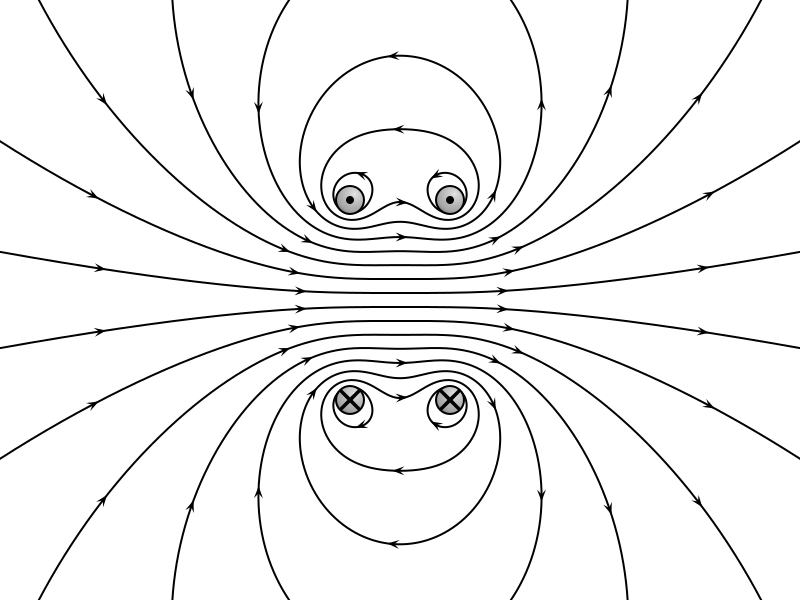
What you need to notice and remember about this is that near the axis between the two coils the B field is pretty uniform. The further apart the coils the more variation there is and the closer together the more uniform it is. (explore with Falstad to see this)
What if I have a whole bunch of coils line up next to each other? -- this is called a solenoid!
Falstad Magnetic Field Simulations:
As always some time spent exploring Paul Falstad's field simulations is well worth the effort. Take a look at all of the ones we have discussed here as well as any others.
Assignment Breadcrumb Reading: Bb Test
B Field at Center of Coil:
Imagine you have a coil of wire 0.7 m in diameter (about the size of the tube in an MRI) with 30 A of current flowing through the wire. What is the B field at the center of the coil? Think about this compared to the 15T B field that is required to make the MRI function successfuly.
Before Next Class:
Assignment HW: Bb Assignment
Center of Square Loop:
A square loop of wire is carrying a current I and has sides of length a. What is the B field at the center of the square? You will need to use the formula for the magnetic field of a non-infinite piece of wire in this breadcrumb.
Assignment HW: Bb Assignment
Helmholtz Coil:
Two coils of 5000 turns are facing each other with the same current (20 A) in each coil is known as a Helmholtz Coil. The radius of the coils is 10 cm. If the coils are place parallel 20 cm apart find the B field at the midpoint between the coils. A sketch would be a brilliant idea:)
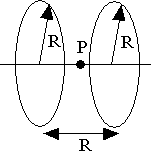
The expression for the B field on the axis of a circular loop is given by the following expression where R is the radius of the coil and z is the distance along the axis of the coil from the center.

Look ahead to the next Breadcrumb: Faraday's Law I
Assignment Breadcrumb Reading: Bb Test (placeholder)
